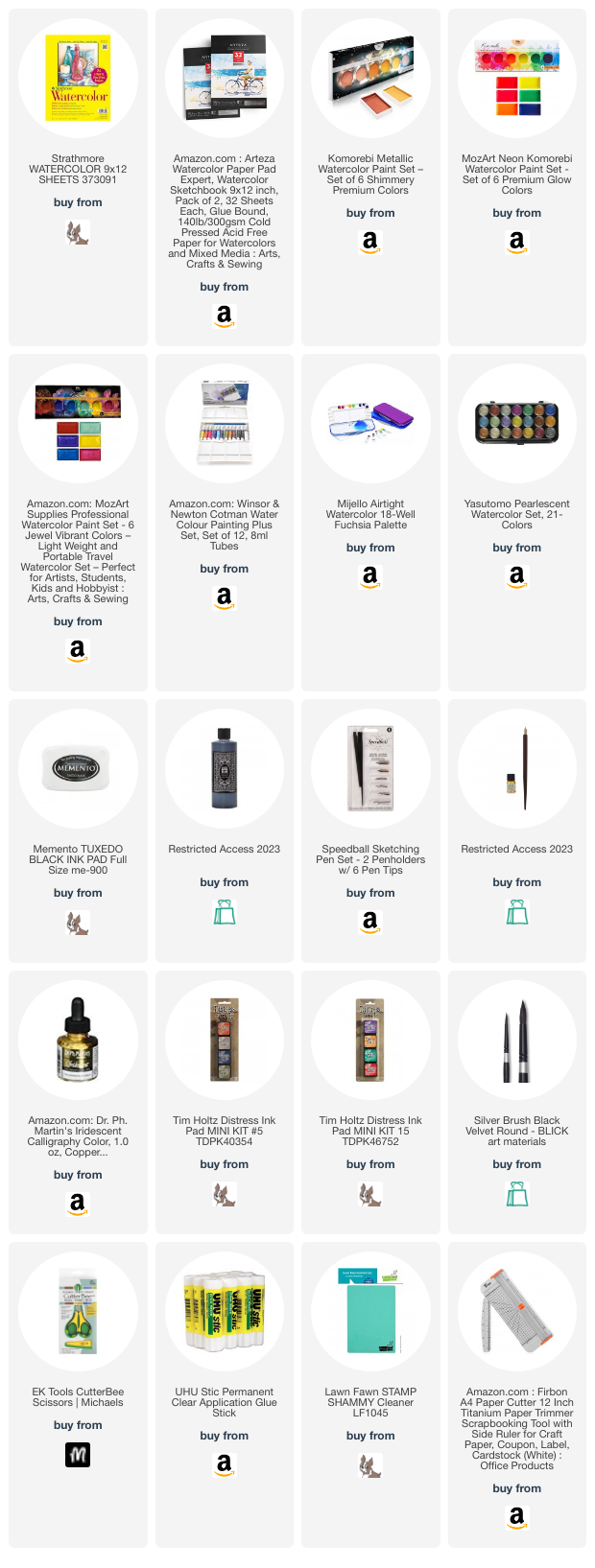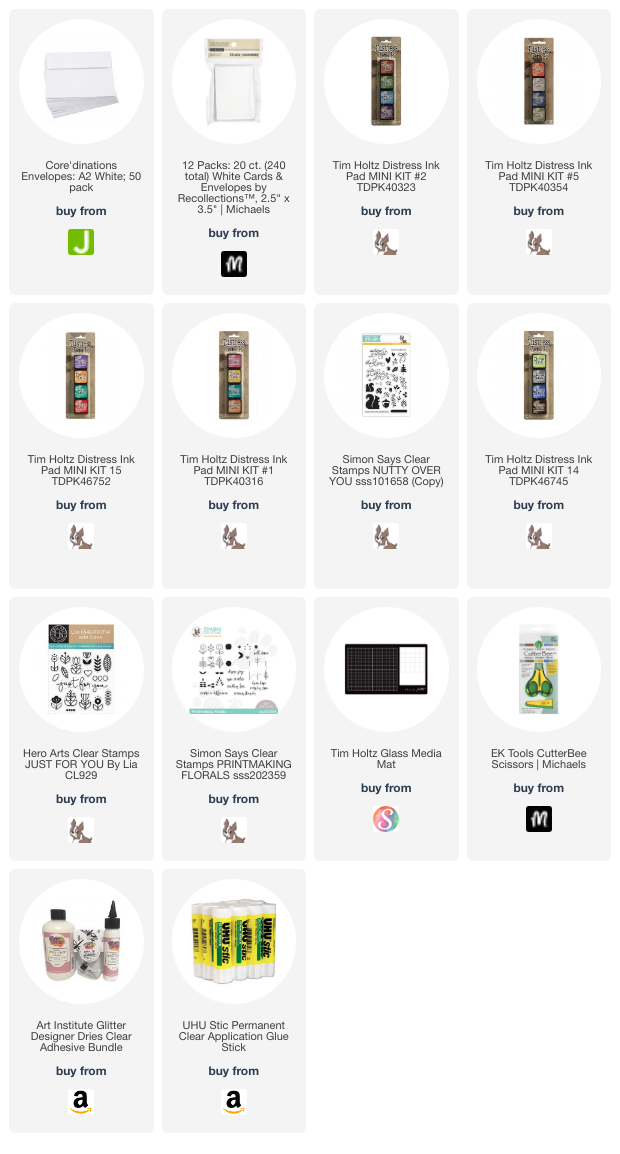Mixed media art is all about combining different materials and techniques to create unique, textured pieces. Here are some creative ideas to help you make the most of all your mixed media supplies:
1. Layering Different Mediums
- Paint and Ink: Start with a base layer of acrylic or watercolor paint, then add details with ink pens or markers. The contrast in textures can add depth to your work.
- Collage: Use scraps of paper, magazine cutouts, or fabric to create a collage base. Then, paint over it or add embellishments with pens and markers.
2. Texture and Dimension
- Modeling Paste: Apply modeling paste through stencils or with a palette knife to create raised, textured surfaces. Once dry, paint over it for a dramatic effect.
- Fabric and Fibers: Incorporate pieces of fabric, yarn, or threads to add a tactile element to your artwork.
3. Alternative Surfaces
- Wood Panels: Try working on wood panels instead of canvas or paper. The sturdy surface can handle a lot of layering and heavy materials.
- Glass and Metal: Experiment with painting on glass or metal surfaces for a different look. Use appropriate primers and sealers to ensure your work adheres well.
4. Unconventional Tools
- Household Items: Use items like credit cards, sponges, or bubble wrap to apply paint and create interesting patterns and textures.
- Nature: Incorporate natural elements such as leaves, twigs, or sand. These can be glued onto your piece or used as tools for applying paint.
5. Combining Techniques
- Stamping and Stenciling: Use stamps and stencils with ink, paint, or modeling paste to add repetitive patterns and designs.
- Hand-drawn Elements: Add personal touches with hand-drawn doodles, sketches, or lettering over your mixed media background.
6. Integrating Digital Elements
- Printouts: Incorporate digital prints or photos into your mixed media pieces. You can alter them with paint or other mediums to blend them into your work.
- Digital Editing: Create a base layer digitally, print it out, and then enhance it with traditional media like paint, ink, and collage.
7. Using Found Objects
- Assemblage: Gather small found objects such as buttons, beads, keys, or pieces of jewelry. Assemble them into your artwork to add a 3D element.
- Recycled Materials: Use packaging materials, old book pages, or fabric scraps to create interesting textures and layers.
8. Experiment with Color and Light
- Layering Transparencies: Use transparent materials like tissue paper, vellum, or acetate sheets to add subtle color layers and play with light.
- Metallics and Iridescents: Incorporate metallic paints, foils, or iridescent mediums to add shine and dimension.
9. Interactive Elements
- Flip-outs and Fold-outs: Create parts of your artwork that can be flipped or folded out to reveal hidden elements.
- Movable Parts: Incorporate gears, hinges, or sliders to make parts of your artwork move.
10. Journaling and Writing
- Incorporate Text: Add handwritten notes, quotes, or poetry. Use calligraphy or typewritten text to integrate words meaningfully into your piece.
- Hidden Messages: Write hidden messages under layers of paint or paper that can be partially revealed for a mysterious touch.
Tips for Success:
- Experiment Freely: Don’t be afraid to try new combinations of materials and techniques. Mixed media is all about exploration.
- Embrace Imperfection: Imperfections can add character to your work. Embrace them as part of the creative process.
- Build Gradually: Start with a simple base and build your layers gradually. This allows you to see how each new addition affects the overall composition.
By using all your mixed media supplies creatively, you can produce truly unique and expressive art pieces. Enjoy the process and let your imagination guide you!








Follow me on Instagram, Facebook, Pinterest, and YouTube,!
I get asked a lot about where to purchase the supplies I use in my videos and blog posts. I list all the supplies I use at the end of my posts (below)
SUPPLIES



























